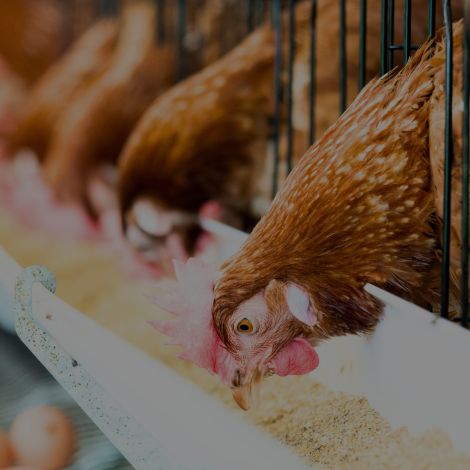
In an interesting recent case, Kemin Industries Inc. v The Controller of Patents, the Madras High Court deliberated over the patentability of inventions pertaining to animal nutrition and the applicability of Section 3(i) of the Indian Patents Act, 1970 on such inventions.
Under Section 3(i), any process for the medicinal, surgical, curative, prophylactic diagnostic, therapeutic or other treatment of human beings or any process for a similar treatment of animals to render them free of disease or to increase their economic value or that of their products, is patent ineligible.
Kemin Industries Inc. (Kemin), a US-based company, filed a patent application for a method of supplementing animal feed with an enzyme ferulic acid esterase (FAE), along with four specific enzymes (cellulase, xylanase, glucanase, and amylase). The invention aimed to significantly improve the extraction of metabolizable energy, thus enhancing the efficiency of feed utilization in monogastric animals such as poultry.
The Controller of Patents (Controller) rejected the application on grounds such as lack of novelty, inventive step and non-patentability under Section 3(d) of the Patents Act, which excludes patentability of a mere discovery of a known process. The Controller also held the claimed method of supplementing animal feed as non-patentable under Section 3(i) of the Patents Act, which inter alia considers processes for the treatment of animals aimed at increasing their economic value as non-patentable. The Controller argued that the invention claims to potentially increase the economic value of animals (poultry) by improving their feed efficiency and hence falls within the exclusion of Section 3(i).
Kemin appealed the decision, arguing the following points:
- Lack of novelty and inventive step - Usage of a combination of specific chain degrading enzymes with FAE as a supplement to animal feed is neither known nor obvious from the cited documents, D1 and D2, considered alone or in combination. Therefore, the method is inventive;
- Non-patentability under Section 3(d) - The method should not be considered as a mere new use of a known process, as it employs multiple new components; and
- Non-patentability under Section 3(i) - The method does not relate to the treatment of animals; rather, it pertains to the supplementation of animal feed.
The Court delivered a detailed judgment addressing the grounds for rejection, including providing clarity on the scope of patent exclusions under Section 3(i) of the Patents Act.
- On novelty and inventive step - The Court found that the cited prior art neither disclosed the specific combination of the four enzymes with FAE, nor demonstrated the synergistic effects thereof, claimed by Kemin Industries. Furthermore, the deployment of a particular combination of selected chain-degrading enzymes along with FAE was not obvious from the cited documents and thus constitutes an inventive step;
- On Section 3(i) – The Court disagreed with the Controller’s interpretation of Section 3(i) and held that the claimed invention was not a method of treating animals but a method of supplementing animal feed. The Court clarified that experimental setups involving animals do not, by themselves, constitute a method of treatment under Section 3(i), unless the invention's core action is directed toward treating or altering the animal's condition for one of the three statutory objectives - curing disease, enhancing economic value of animal, or its products. Although this process may incidentally lead to improved health or increased economic value of the animal, the Court emphasized that nutritional enhancement does not automatically convert into a method of treatment. The Court further noted that if the claim had pertained to a method of administering a drug or feed to an animal to fatten it, and thereby increase either its economic value or the value of its meat, such a claim would fall within the scope of Section 3(i); and
- On Section 3(d) – The Court rejected the Controller’s interpretation of Section 3(d) and held that the invention’s process is new and deploys more than one new reactant that is neither disclosed in the cited prior art, nor is a part of general knowledge. Further, experimental data provided by Kemin supports the unexpected technical advancement of increased efficiency in extracting metabolizable energy from said feed.
Finally, the Court set aside the Controller’s order and directed that the patent application proceed to grant.
This case helps to differentiate between feed-based innovations and treatment-based inventions, in the context of animal nutrition.
ABOUT THE AUTHORS

Vidyasaral Murugan is an Associate with K&S Partners and has over 10 years of experience in the biotechnology & biosciences domains.
- vidyasaral@knspartners.com

Dr. Kavita Arora
Dr. Kavita Arora is a Partner with K&S Partners and has over 18 years of experience in the domains of biotechnology & biosciences, plant variety and biodiversity.
- kavita@knspartners.com

